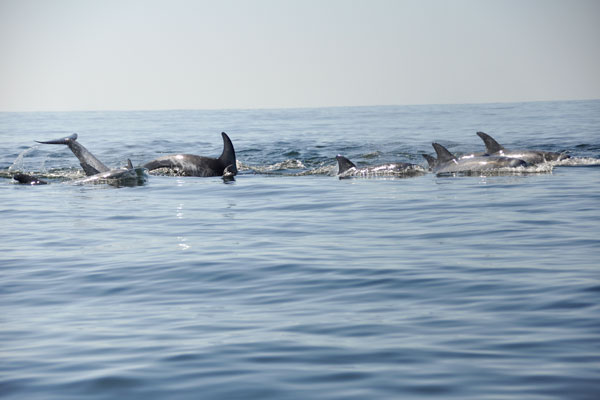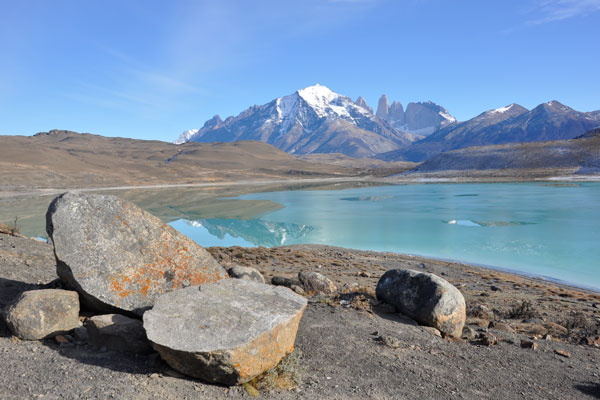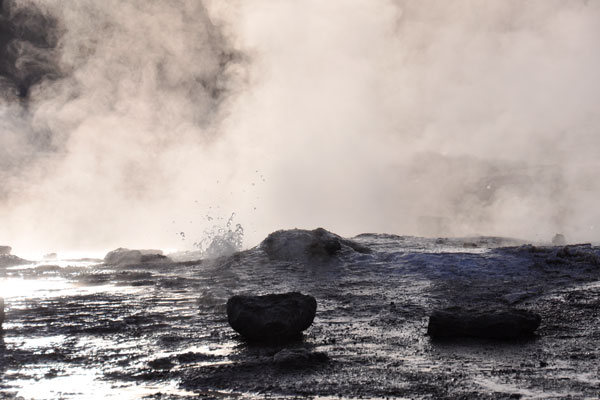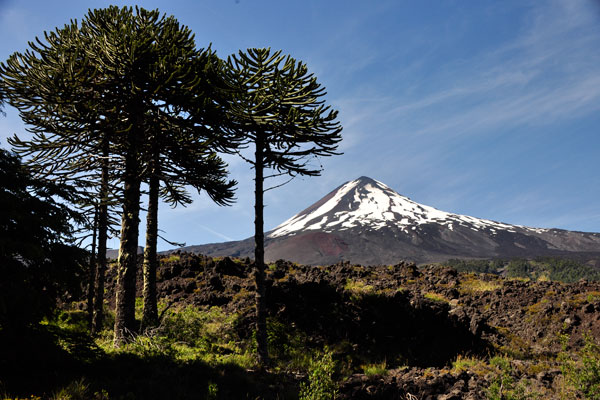Chile
Fascinating Sea Life
Sometimes you have to lend a hand in getting the fishing boat into the water. Then the fishermen take you out from Punta de Choros (north of La Serena) to the Reserva Nacional Pingüino de Humboldt. Countless species of birds, but also otters and dolphins, live on and around the islands.
25 km further north, from Caleta Chañaral de Aceituno, boats depart for whale watching. In the summer months from November to April, humpback whales, blue whales and many schools of dolphins cavort here.
The famous south: Torres del Paine
Chile’s most famous national park is located in the very south of the continent in Patagonia. Who would have expected to find flamingos in the fjords at this latitude?
The weather can change very quickly here and if you are unlucky you might not get to see the famous towers of the Paine Massif and the glaciers. But at least we were lucky enough to disturb a puma.
Freezing temperatures and hot geysers: Atacama
The village of San Pedro de Atacama (2,400 m) is a strategic starting point for excursions to the smoking geysers at 4,400 m or the lakes at the foot of the volcanoes. The Salar de Atacama, a huge salt lake in the driest desert of the world, appears particularly deserted.
Endless Araucaria Forests and Volcanoes
It is difficult to choose from Chile’s abundance of national parks. But the ancient araucaria and the lakes with the iridescent colours of the Conguillo National Park (near Temuco) have particularly impressed us. As in all national parks, there are well-marked and well-maintained hiking trails.






























